Dr. Nooshin Razani from UCSF Benioff Children’s Hospital Oakland and Dr. Curtis Chan from San Francisco Department of Public Health were recognized as Champions of the Community for their work creating a Park Prescription (Park Rx) program in the Bay Area. The doctors were nominated by the Park District for their commitment to integrating nature into the health care system. Drs. Razani and Chan were involved in the creation of the Healthy Parks Healthy People Bay Area coalition, and created the Parks Rx program for health providers. The East Bay Regional Park District has partnered with UCSF Benioff Oakland and the Regional Parks Foundation to provide a Park Rx program serving over 500 patients to date. Participants in the program, known as SHINE (Stay Healthy in Nature Every Day), are provided with free transportation to a Regional Park, including a healthful lunch and outdoor activities. Dr. Razani’s team is now conducting a study to evaluate the health benefits of these outings.
“Drs. Razani and Chan are leading the charge to connect health and the outdoors in our region. We are proud to be their partners in the ground-breaking SHINE program in the Regional Parks,” said EBRPD Community Relations Manager Mona Koh.
The East Bay Regional Park District is a system of beautiful public parks and trails in Alameda and Contra Costa counties east of San Francisco Bay, established in 1934. The system comprises 120,000 acres in 65 parks including over 1,250 miles of trails for hiking, biking, horseback riding and nature learning.
ebparks.org
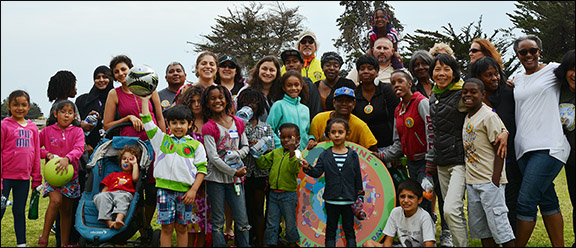
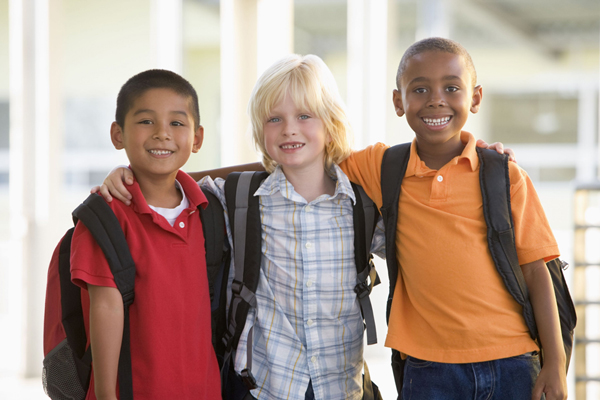
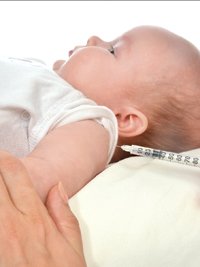

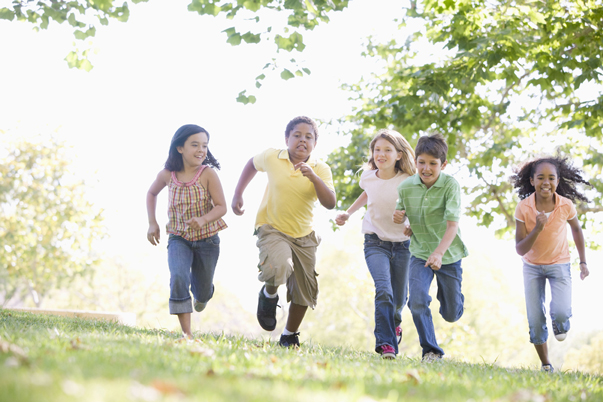

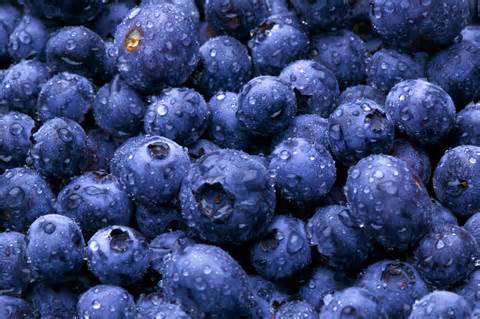
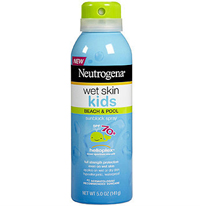
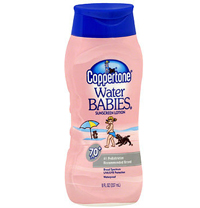
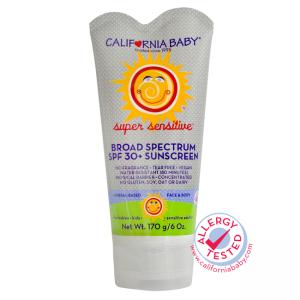

 RSS Feed
RSS Feed